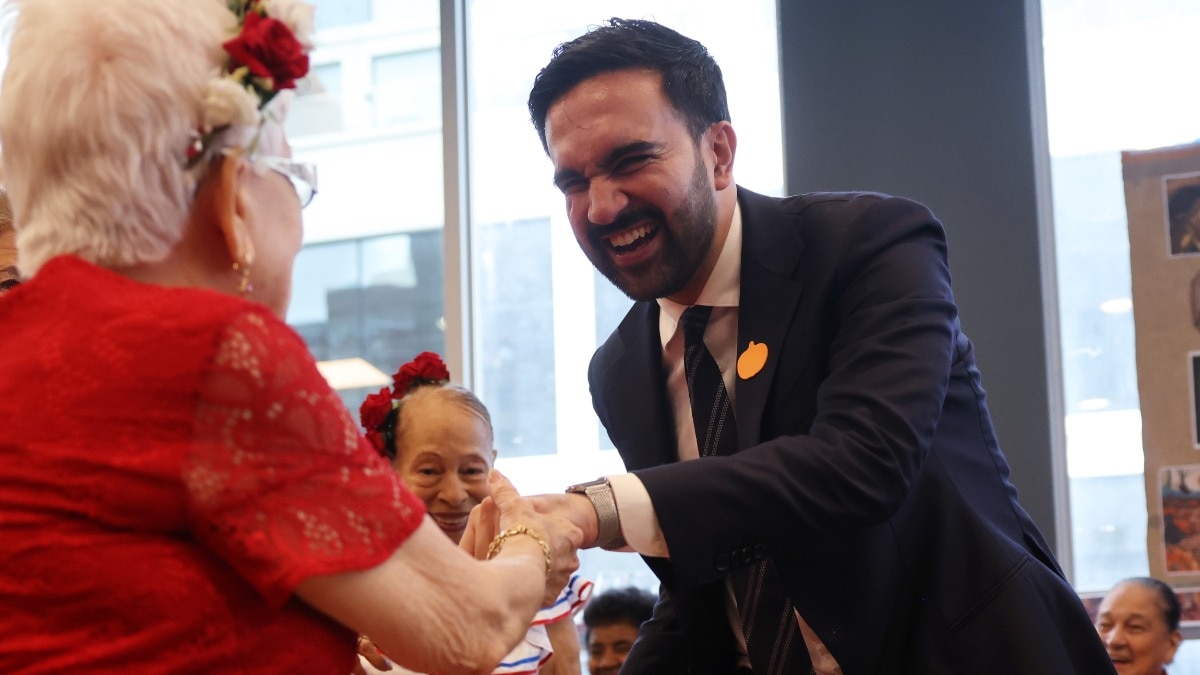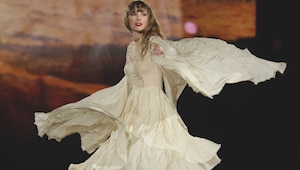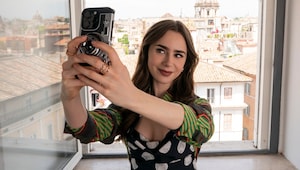How Zohran Mamdani won the NYC mayoral election by keeping it real
Zohran Mamdani goes from Mr Cardamom to Mayor of NYC, all while being a voice of the people.

If you’d told anyone three years ago that New York’s next mayor would be a 30-something assembly member who once went by Mr Cardamom, rapped at underground gigs, and used a Citi Bike to travel, you’d have been met with an eye-roll. Yet here we are.
In 2025, Zohran Mamdani didn’t just win an election; he rewrote the playbook. Think demanding changes that actually matter to citizens, bold, graphic posters that looked straight out of a streetwear drop, and social media campaign videos that didn’t feel like propaganda. Mamdani proved that authenticity isn’t a liability anymore; it’s power. And it resulted in younger voters viewing Mamdani not as a polished politician (who secretly favoured only the rich) but as a peer, a creator, and someone who spoke their language.
Here's how Mamdani overcame the "corrupt politician" trope, which resulted in him not just winning the mayoral elections but also winning the hearts of the people in the Big Apple and around the globe.
He turned his past into power
Before the suit and the podium, Mamdani put out music videos under the moniker Mr Cardamom—a rapper with a knack for witty bars and politically charged verses. When clips of his old performances resurfaced mid-campaign, critics tried to paint them as immature or unserious. Instead, they became his secret weapon.
For many working-class New Yorkers, those grainy videos spoke a language they recognised. It reminded people that he’d lived, created, and hustled, just like them. If anything, his history as an underground rapper only corroborated the idea that he wasn’t just running for office; he was running on the same frustrations, values, and hope that fuel everyday people and the youth alike.
He’s demanding change that counts
From day one, Zohran Mamdani didn’t sound like your regular politician; he sounded like someone who’s tired of getting squeezed by the system. His promises hit where it hurts (and helps): rent freezes, free and faster buses, universal child care, publicly-run grocery stores, and 200,000 new affordable homes over the next decade.
His stance is rooted in the real cost of living, something his billionaire-backed opponents seem blissfully unaware of.
He turned campaign posters into cultural currency
Mamdani’s posters weren’t an afterthought; they were a manifesto. MetroCard yellow, Mets blue, hand-drawn typography, and a portrait that looked more like a friendly neighbour than a political headshot. Designed by a team that clearly understood internet culture, the visuals popped and were well-received.
Soon, they weren’t just posters; they became collectables. Supporters turned them into full-fledged merch, flaunting them through tote bags, profile pictures, and bedroom wall art. The campaign blurred the line between propaganda and pop art, making Mamdani’s face not a symbol of power, but participation.
He made politics snackable for social feeds
Instead of stiff campaign ads, Mamdani's team rolled out snappy, personality-packed Reels that felt more like content than propaganda. One day, he was dropping Bollywood dialogues in Hindi to explain the NYC voting system to the Indian diaspora; the next, he was riding the subway with comedian Kareem Rahma, weaving campaign promises into everyday conversations. He even went toe-to-toe with Track Star on Instagram, guessing songs from the New York scene like the true neighbourhood guy he is.
People saw it as what they've now termed 'influencer-era politics', and it resonated with voters. Supporters didn’t just consume his messages; they remixed and reused them, which multiplied reach way beyond paid media budgets.
He actually 'lived' in the city he wanted to run
Mamdani isn’t parachuting into New York politics; he’s a product of it. Born in Kampala to Ugandan-Indian parents and raised in Queens, he embodies the city in all its layered complexity. A Muslim who stands for secularism in action, not slogan; a son of Indian-American filmmaker Mira Nair, whose Bollywood roots make him instantly recognisable to the city’s South Asian diaspora; and a neighbour who understands how racism, housing, and opportunity intersect for working-class Black and brown New Yorkers.
He’s not just promising freedom in the abstract sense; he’s talking about the kind of freedom people actually crave: to afford rent, to walk the streets safely, and to live in a city that genuinely supports human rights.
Why it landed with millennials and Gen Z
For millennials and Gen Z, Mamdani isn’t just a candidate (now, mayor), he is an idea of what politics could look, sound, and feel like to them. His relatable political campaign delivers honesty in an era where people are so used to political irony.
Mamdani isn't beating the corrupt politician trope by being cleaner, richer, or louder; he's beating it by being real. In a world that is burnt out by corruption and crisis, Mamdani’s win felt less like a political victory and more like a cultural exhale. And we can't wait to witness his term.
Lead image: Getty
Also read: What is ‘67’ and how it did it go from internet slang to word of the year?
Also read: Is 'bhajan clubbing' the coolest new way to party in India?
more from Celebrity

Are couples who meet offline happier than those who match on the apps?

Shafali Verma: “Everything starts with believing in yourself”

"Going phone-free for a week was harder than going sober for a year: 3 lessons I learnt the hard way"

A pocketful of love: Perhaps putting hands in each other’s back pockets is GenZ's way of returning to old-school love

Is 'bhajan clubbing' the coolest new way to party in India?

Ranking every Taylor Swift album, from debut to ‘The Tortured Poets Department’

The A-spot is the erogenous zone that can revolutionise your sex life

The digital nomad life and why everyone’s packing their laptops

Exactly why your skin looks dull and breaks out before your period, according to dermatologists

What is ‘67’ and how it did it go from internet slang to word of the year?
